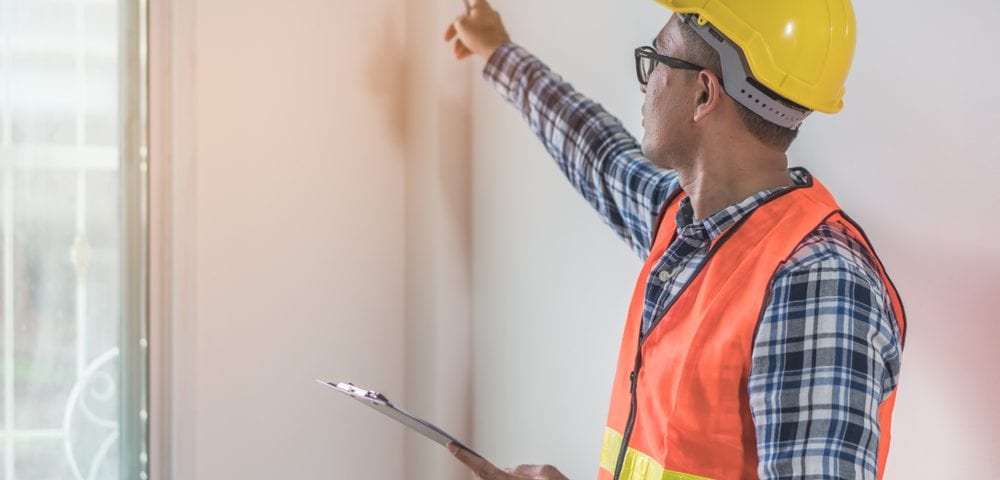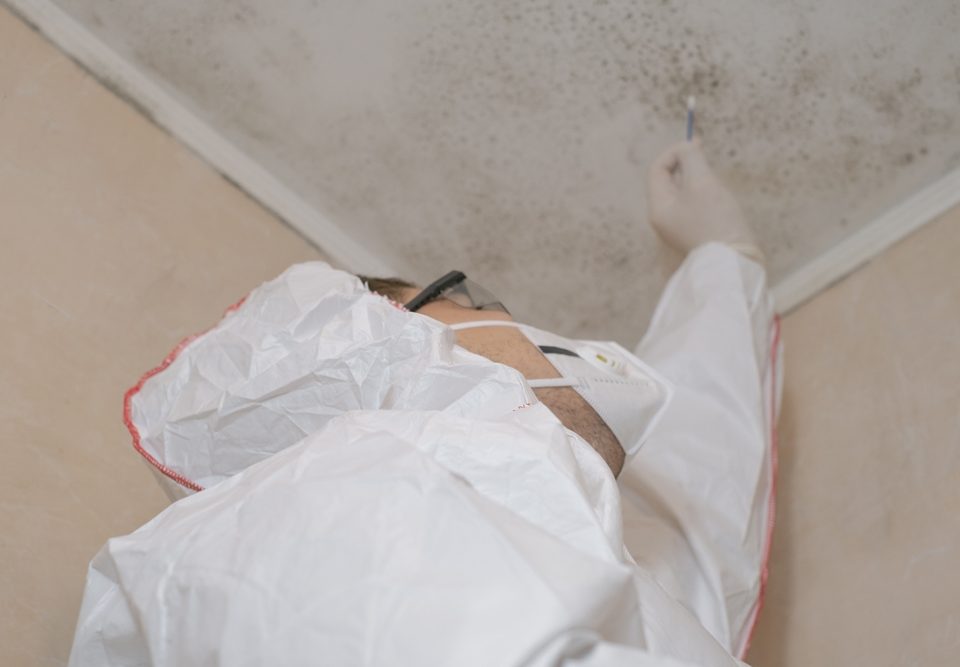- Call Now for a Free Quote
- 801.400.7867
Home Inspection Specifics: Visual, Operation, Safety

Inspection for New Construction: Value and Standards
April 13, 2021
Home Inspection Specifics: Specialties, Qualifications, Expectations
June 8, 2021Are you in the market for your first home? First off, congratulations in advance! Owning your own home is a fantastic life move that many of us are hoping to reach. It also, however, comes with some pretty significant details and tasks to attend to, and one of these that will enter the picture once your offer on a home has been accepted is the home inspection.
At Aerolite Consulting, we’re proud to offer numerous home inspection services, beginning with standard home inspections but extending to environmental testing for contaminants like mold, radon, asbestos, lead and even methamphetamine residue. For those who aren’t sure what role a home inspector plays in their process, such as first-timers on the market, why is this theme so important, and what are some specifics on what home inspectors cover – and don’t cover? This two-part blog series will give you some details to help you fully grasp this area of the homebuying realm.
Visual Inspection
With one notable exception we’ll get to in just a moment, standard home inspections are visual in nature. This means that they are limited to the conditions that an inspector can see during the inspection – elements of the home that are hidden permanently, such as behind walls, ceilings or floor covers, are not included.
In addition, it’s important to note that parts of the home that are inaccessible will not be included either. This means the occupants should move any belongings or other obstructions that might be blocking access points. There are also cases where dangerous or unhygienic conditions will lead to inaccessibility.
Operational Equipment
We mentioned one exception to the above, and it comes in the realm of certain home equipment like the air conditioner, furnace or other heater type, water heater and potentially a few others. Inspectors are allowed (and expected) to operate these items as part of their inspections, plus examine their accessible components – though they are not meant to disassemble these items in this process, an important note that should be considered.
Safety Themes
One of the primary themes an inspector is looking to confirm is safety, which can be relative in some cases. While certain issues clearly represent safety hazards, such as exposed wiring or major water damage, others – such as mold, for instance – are in something of a gray area.
Now, our inspectors will absolutely inform you of mold if it’s seen in any of your home areas, particularly attics and basements where it’s most common. But similar to the equipment section above, inspectors will not go searching for additional mold in hidden areas, for instance.
For more on the specifics of the home inspection process, or to learn about any of our home inspection or environmental testing services, speak to the staff at Aerolite Consulting today.




